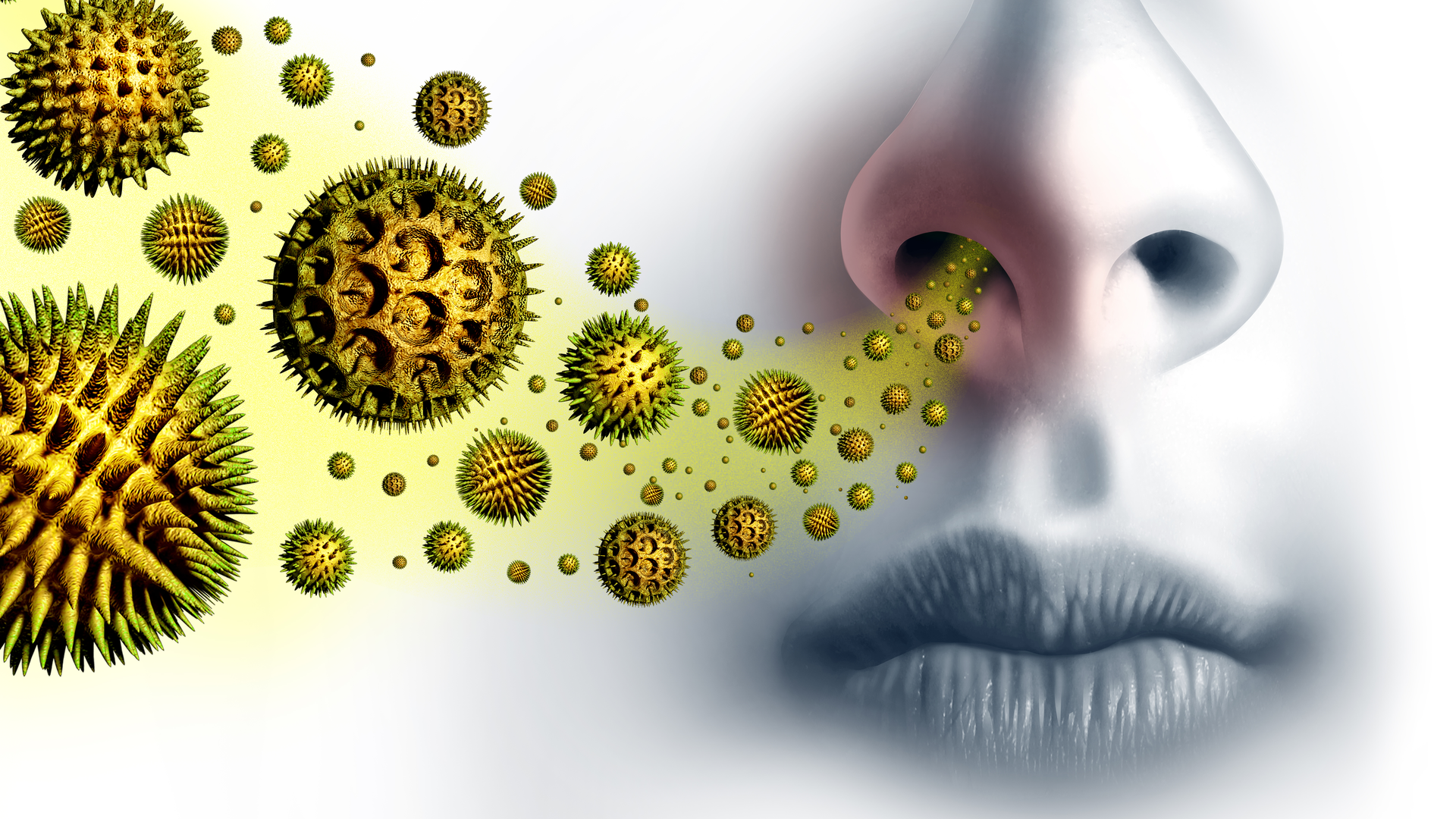Prevalence of stroke in India: Why Tricity should be concerned
Among the leading causes of disability in India is stroke. According to the Indian Stroke Association, stroke risk among Indianshas increased nearly 100% in the past few decades.India, alone, accounts for 60% of all stroke patients globally
A stroke is a sudden interruption of blood flow to the brain. There are two main types of stroke: ischemic and hemorrhagic. Ischemic strokes happen when an artery that supplies blood to the brain becomes blocked, starving the brain of oxygen and nutrients. Hemorrhagic strokes happen when a blood vessel in the brain ruptures or leaks, causing bleeding inside the skull.
Ischemic strokes account for about 87% of all strokes, while hemorrhagic strokes account for about 13%.
The most common cause of ischemic stroke is atherosclerosis, which is a buildup of plaque in your arteries. Atherosclerosis narrows your arteries and makes them stiffer, so it’s harder for your heart to pump blood through them. Plaque can also break off from your artery walls and travel through your bloodstream until it reaches one of your arteries supplying the brain with oxygen-rich blood.
In India, stroke alone has left 40%-50% of patients with a permanent disability.
Common causes of stroke include:
- blocked arteries, which are more common in older adults and can lead to ischemic strokes;
- Hemorrhagic strokes, are less common but may be caused by ruptured blood vessels or bleeding disorders.
- Hypertension or High Blood Pressure is the biggest cause of stroke. If your blood pressure is 130/80 or higher, then you must consult medical professionals.
- If your Body Mass Index puts you under the overweight or obese category; it should concern you. You can lower the risks of stroke by regulating your weight.
- Cardiac diseases and disorders like irregular heartbeat, atrial fibrillation, clogged arteries or defective heart valves etc. lead to stroke among older adults.
- Diabetes is an outcome of a poor lifestyle. If you have high blood pressure, and glucose levels, and are overweight, you are likely to suffer from diabetes which significantly raises the chance of a stroke.
- Transient ischemic attacks can occur when there’s an interruption in blood flow but no permanent damage.
Research has shown that there are many risk factors for stroke: smoking, lack of physical activity,alcohol abuse and family history of stroke or heart attack.
Know the Signs
It is important to track the changes your body goes through but when it comes to stroke, look out for the rapid changes.
- Sudden headache that goes severe with every minute passing. It is all the more alarming if there is no known cause.
- Difficulty in speaking or understanding others. Sudden confusion is a common sign of stroke in men and women.
- Weakness in the arm, leg, or face should not be ignored. Feeling sudden fatigue or numbness on one side of the body could also be a sign of stroke.
- Sudden dizziness, loss and lack of coordination and balance, and trouble walking.
- Blurred vision in one or both eyes.
Stroke Prevention: What You Can Do
- Make sure your Body Mass Index is in a healthy range. Stay physically active and follow a good diet.
- Steer clear of toxic habits. Cigarette smoking and alcohol significantly increase the risks of stroke. Consult medical professionals for treatments and therapies to curb the habit.
- Most importantly, keep a tab on your health reports, and make sure to get your health checkup done from a NABL Accredited Lab every 4-6 months. Health reports are indicative of potential health risks.
Every 20 seconds 1 Indian suffers a brain stroke, this alarming fact should be enough to take control of your health. Get tested at Helix Path Labs, Mohali, routinely and visit the doctor regularly.

